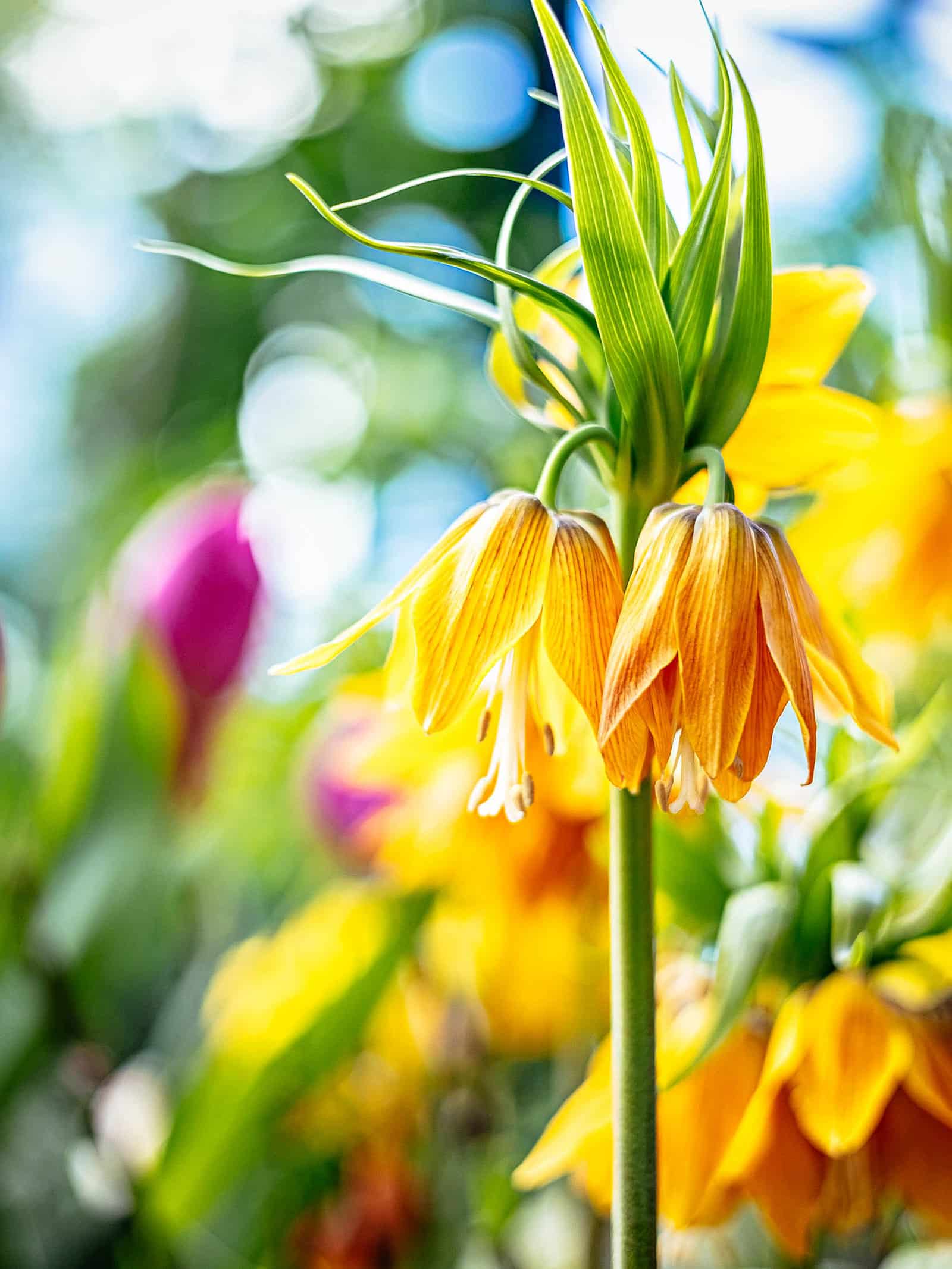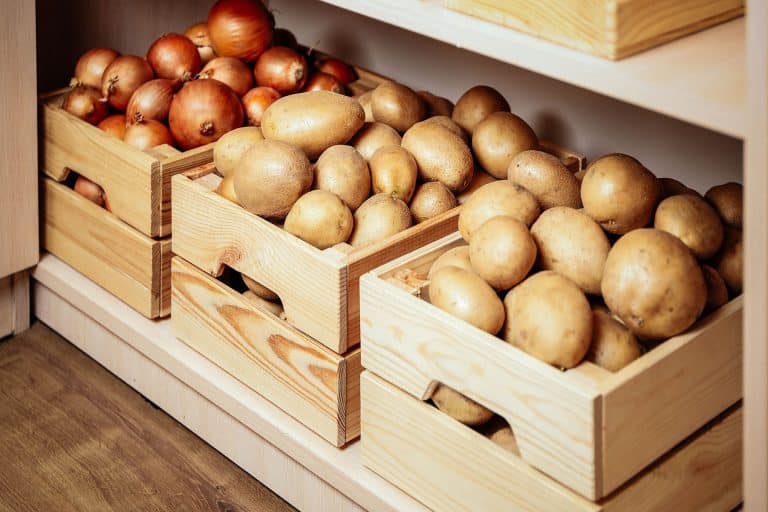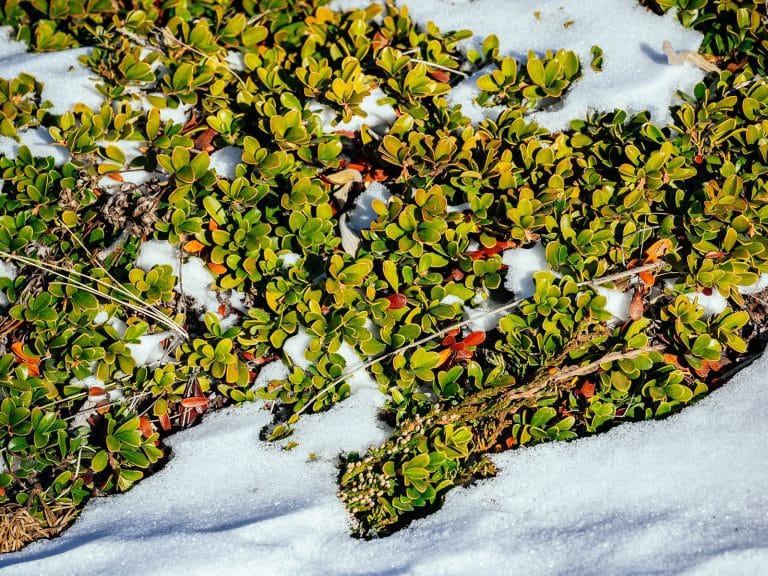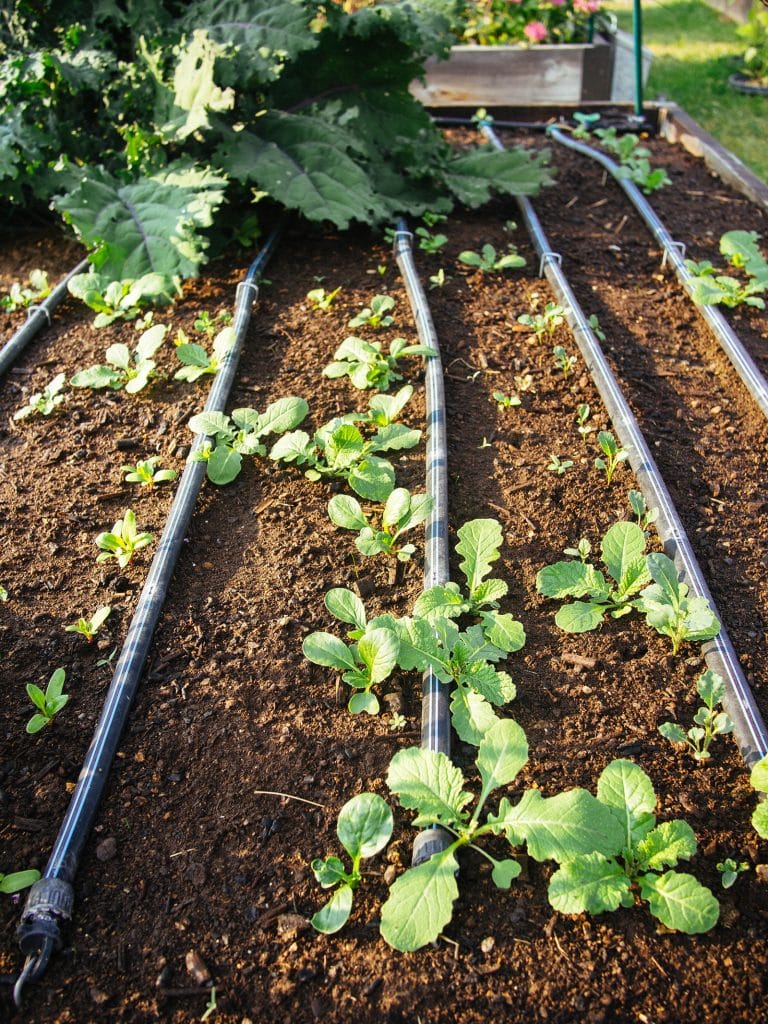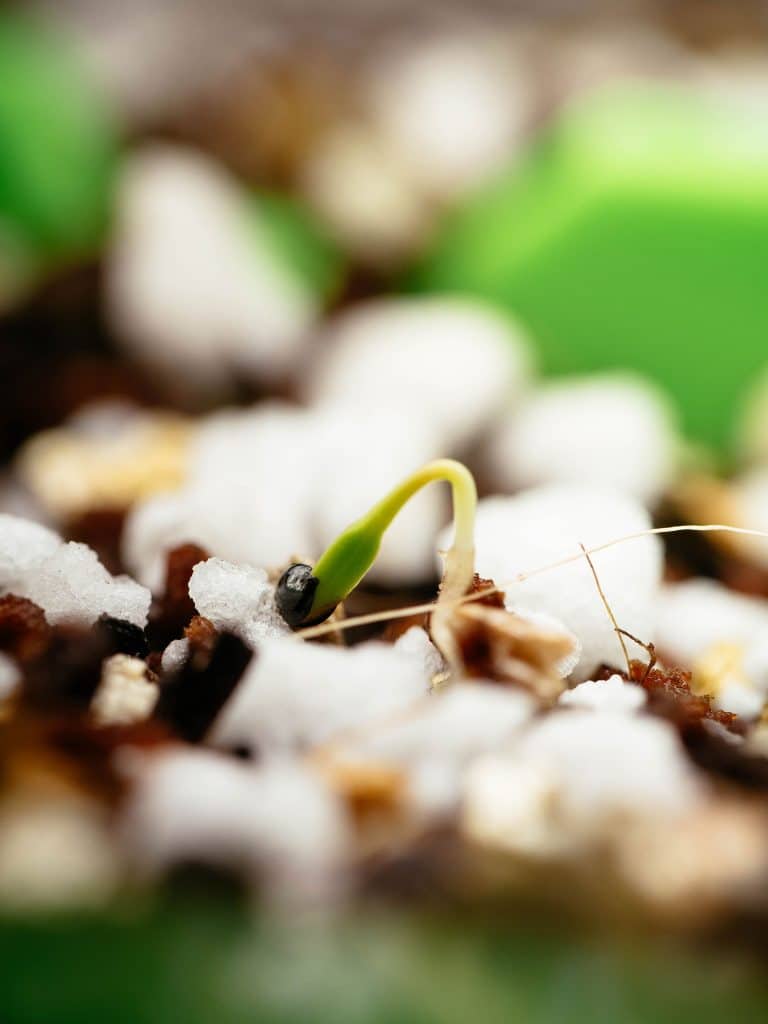What’s the best way to get a profusion of colorful blooms in late winter and early spring? Plant flower bulbs in fall!
Many perennials that pop up between January and April (such as crocuses, daffodils, tulips, and hyacinths) need a period of chilling, known as vernalization, in order to produce blooms. They can go in the ground once nighttime temperatures are consistently between 40°F to 50°F and about six weeks before the ground freezes.
While you’ll often find the same four or five kinds of bulbs in your local garden center this time of year, they are not the only bulbs you can plant in fall. There’s more than a dozen to choose from for every climate!
If you’re looking for something a little different, or a bulb that you can layer with other flowers in the garden so they give continuous color all season long, these are my favorites.
Disclosure: If you shop from my article or make a purchase through one of my links, I may receive commissions on some of the products I recommend.
Where to buy
Fall-planted bulbs
Allium
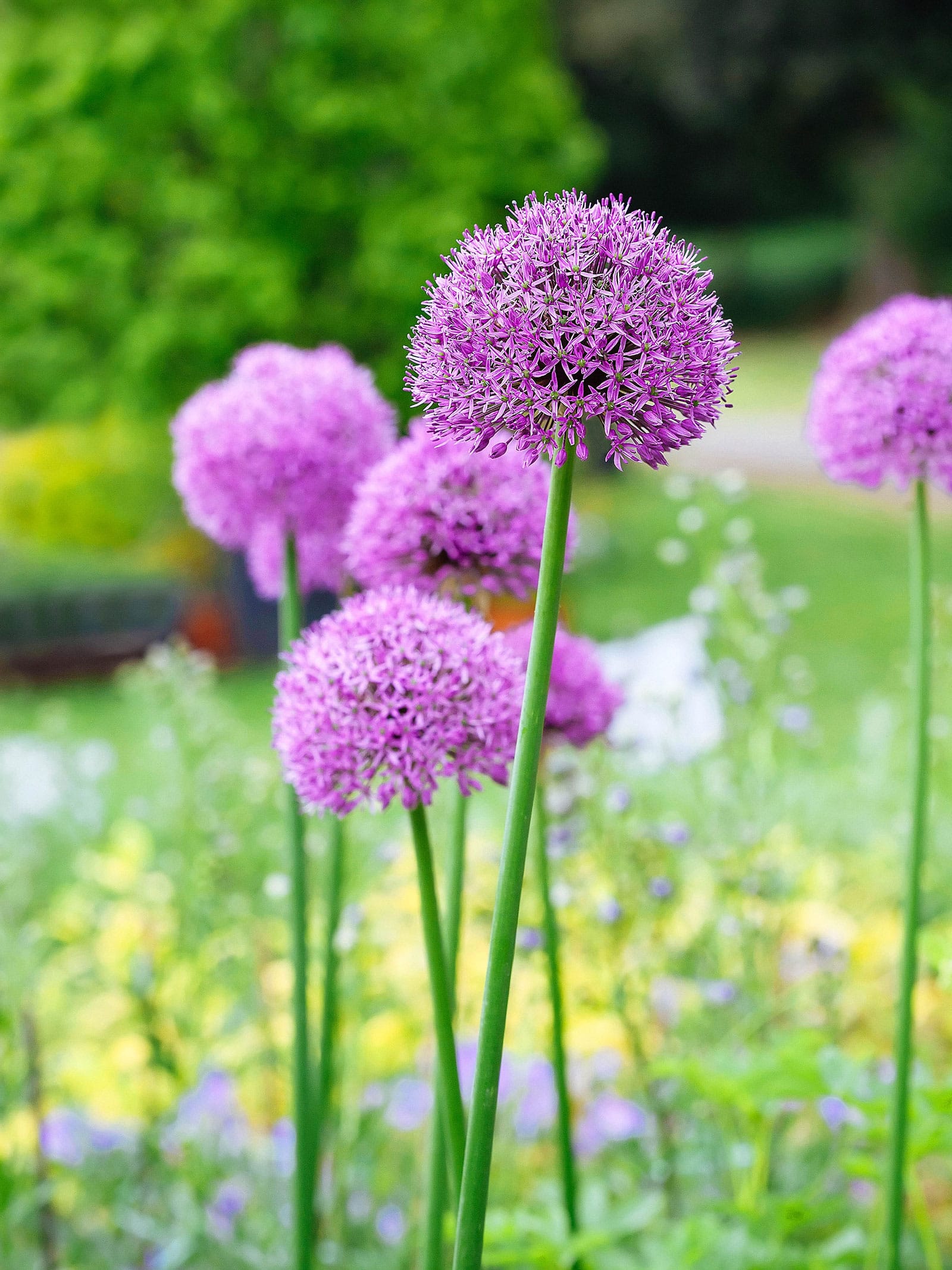
Allium is the scientific name for the onion family. Indeed, this genus contains common vegetables like onions, leeks, and garlic. If you’ve ever grown them, you may have noticed they produce pretty globe-shaped flowers in white, pink, and purple.
Nowadays, there are also ornamental Alliums, which aren’t edible but planted for their extra large flower orbs in beautiful shades of pink, purple, blue-ish, white, and more.
- USDA Zone: 3 to 9
- Bloom Time: Late spring to early summer
Anemone
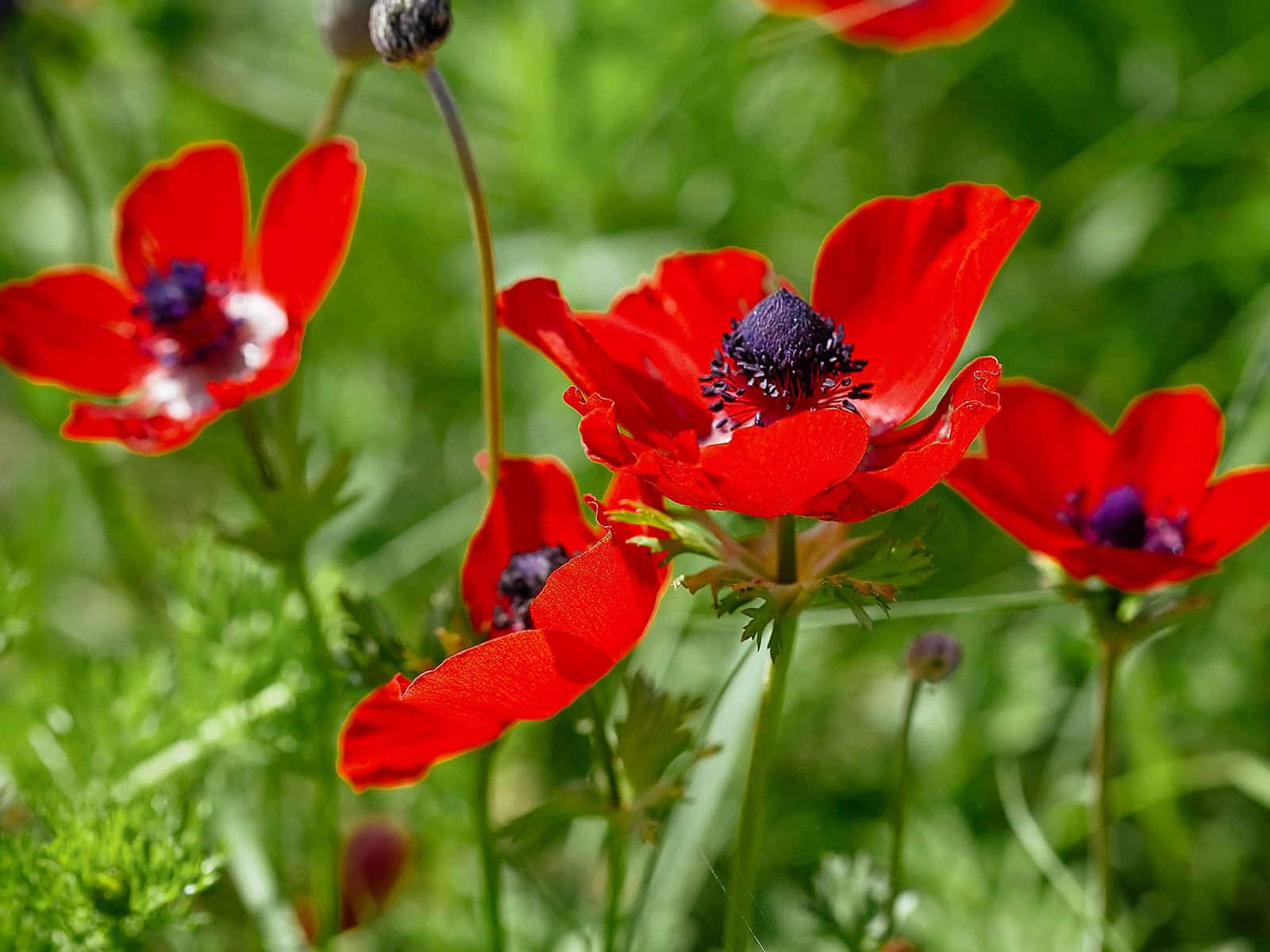
Also known as windflowers, the beautiful members of the genus Anemone are beloved for their colorful, buttercup-like flowers in shades of red, blue, purple, pink, and white (among others).
There are many different Anemone cultivars available, ranging from simple and elegant single-petaled blooms to ruffled, multi-layered varieties.
- USDA Zone: 4 to 8
- Bloom Time: Spring to early summer
Quick Tip
If you want spring flowers, make sure you’re buying the right kind of anemone bulbs. Some species that used to belong to the genus Anemone, now in Eriocapitella, bloom in fall. The lovely Japanese anemone, E. hupehensis, is the most common example.
Asiatic lily (Lilium auratum)

A species of true lily, the Asiatic lily (Lilium auratum) is one of the most spectacular spring-flowering bulbs you can add to your garden. The large blooms come in every shade of red, pink, orange, and white that you can think of!
My personal favorites are the more “dark and broody” cultivars, like ‘Nightrider’ and ‘Forever Susan’, with their shades of blackish red and flaming orange.
- USDA Zone: 4 to 9
- Bloom Time: Early to mid-summer
Crocus

If you’re looking for a super early-blooming bulb to relieve the late winter blues, may I recommend the small but mighty Crocus? Some of the species in this genus produce their colorful flowers so early that they can peep through the last of the snow!
I particularly like Crocus for lawn planting, but if you don’t want them to disturb your grass, they also do wonderfully in borders, below trees and shrubs, and even in pots.
- USDA Zone: 3 to 8
- Bloom Time: Late winter to early spring
Did you know?
Saffron, the expensive spice that comes in small, bright orange threads, is actually derived from a species of Crocus: C. sativus.
Crown imperial (Fritillaria)
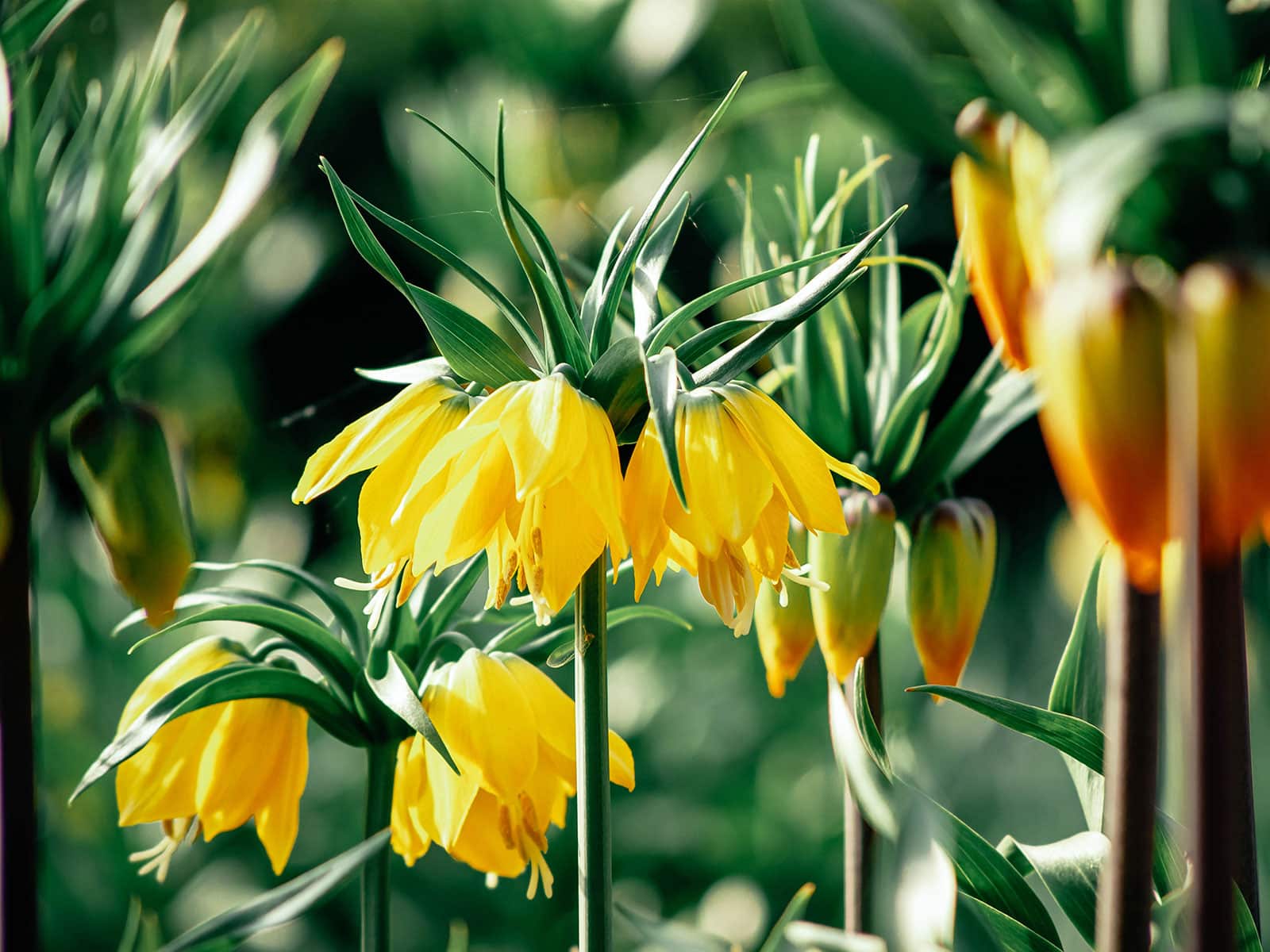
Also known as Kurdish tulips, a reference to their natural range, the members of the genus Fritillaria are real eye-catchers. The bold citrus-colored, bell-shaped blooms appear on tall stems that measure up to 4 feet in height, topped with a “crown” of pointy leaves.
This is the perfect accent plant for a sunny spot in need of a little oomph!
- USDA Zone: 4 to 8
- Bloom Time: Mid to late spring
Daffodil (Narcissus)

There’s a reason classics become classics, and the daffodil is among the most iconic spring-flowering bulb plants of them all. In fact, people have likely been growing these bulbs for their lovely star-shaped flowers since 200 to 300 BC!
This is my personal favorite bulb for spaces where deer, rabbits, and burrowing animals like to wander. The entire daffodil, from bulb to bloom, contains a toxic substance that deters garden pests.
- USDA Zone: 3 to 9
- Bloom Time: Early to late spring
Glory-of-the-snow (Chionodoxa)

Like Crocus, glory-of-the-snow (as its name suggests) is exceptionally cold-hardy. It’s not unusual to see the star-shaped flowers blooming in late winter when there’s still snow on the ground. These bulbs multiply prolifically and can form huge blue swaths under trees or shrubs, even when the rest of the garden hasn’t yet woken up.
Keep an eye out for pink and white cultivars, because glory-of-the-snow looks best planted as a mix.
- USDA Zone: 3 to 8
- Bloom Time: Early spring
Grape hyacinth (Muscari)

Yep, it’s a hyacinth in miniature form!
If you’re short on space or prefer the look of large swaths of lower-growing flowers, grape hyacinths of the genus Muscari, which come in similar colors, should be perfect for you. They also bloom a little earlier than their full-sized counterparts, brightening the garden as early as March.
- USDA Zone: 3 to 9
- Bloom Time: Early to mid-spring
Hyacinth
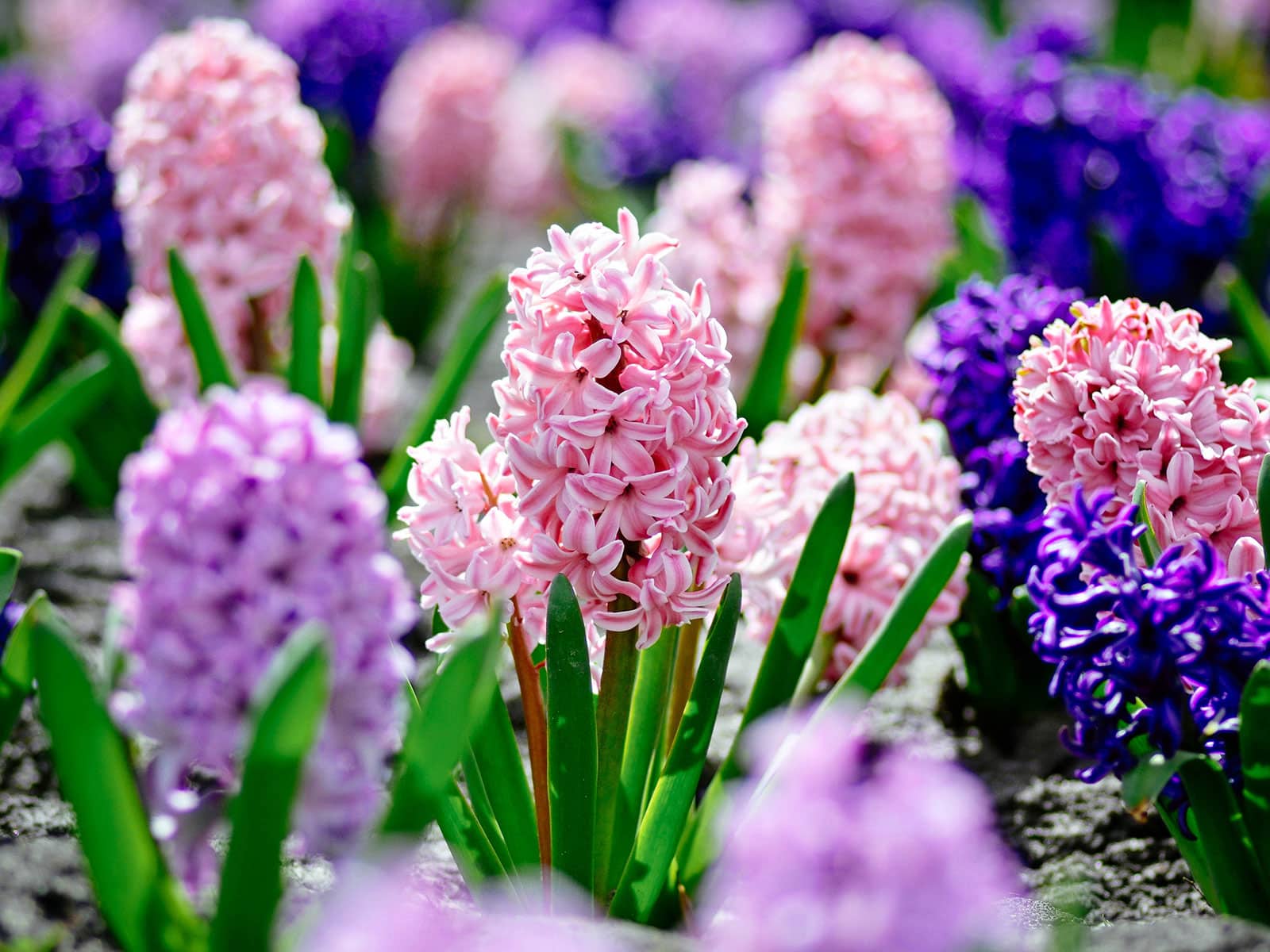
Say hello to the sweetest-scented flowers on the list. Hyacinths are commonly used in perfumes and other fragrances, but the great thing about them is that they don’t just smell nice—they’re also very attractive with their dense flower spikes.
Hyacinths come in hues similar to those of the aforementioned glory-of-the-snow, and like those flowers, I think they look best if you plant all the shades of blue, purple, pink, and fuchsia together.
- USDA Zone: 3 to 9
- Bloom Time: Early to mid-spring
Iris
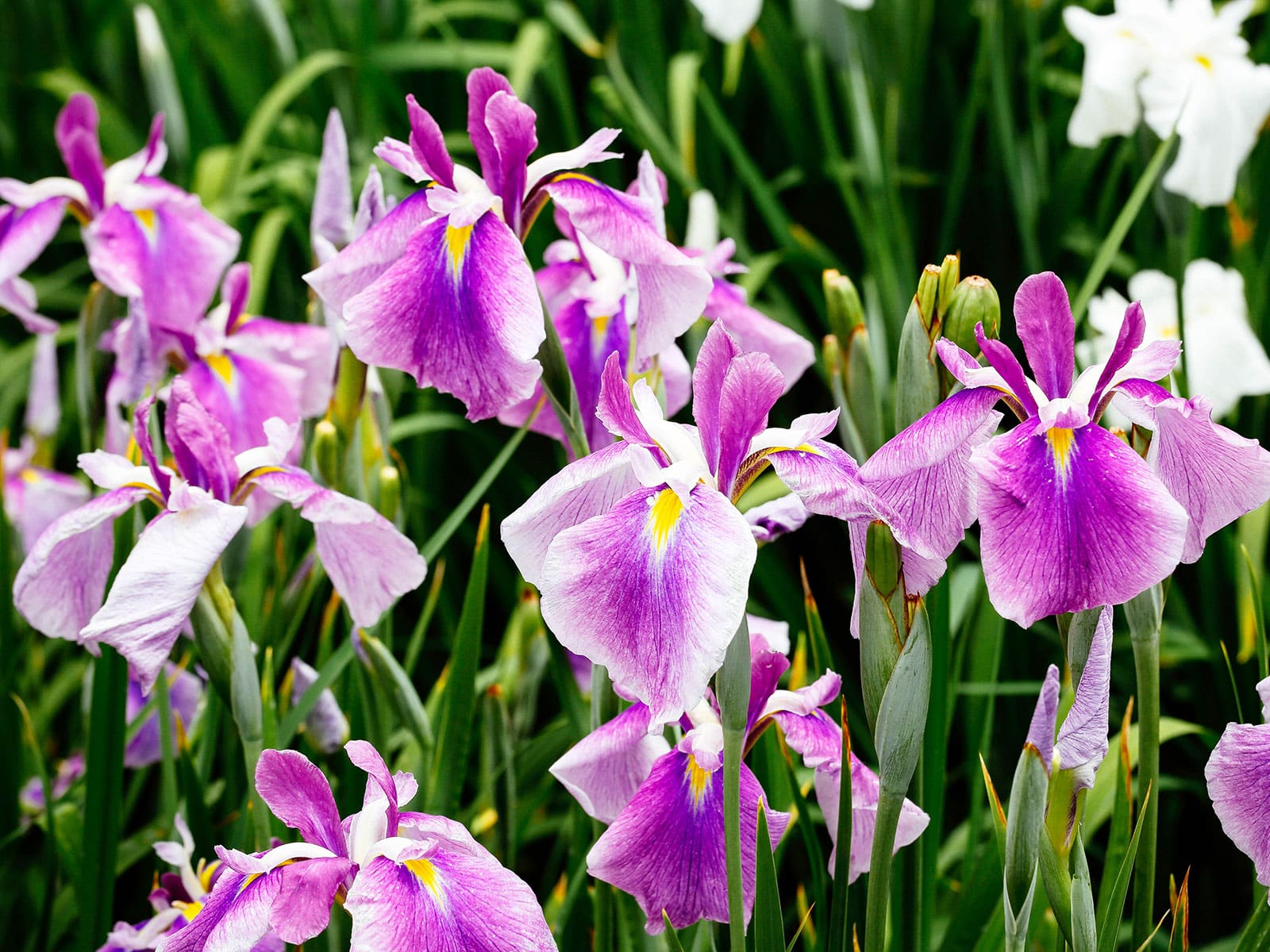
Though members of the genus Iris are technically not bulbs (since they grow from rhizomes), they do best when planted in fall. Irises are an especially good choice for boggier areas in your yard (such as around a pond). Although some (like the popular bearded Iris, or Iris germanica), like things a little drier, many species thrive amongst the reeds and cattails.
Irises most commonly bloom in shades of blueish-purple, but there are also lovely yellow species, such as Iris pseudacorus.
- USDA Zone: 3 to 10
- Bloom Time: Late spring to early summer
Ranunculus

No, these are not roses—they’re possibly even better! Members of the buttercup family, Ranunculus flowers tend to be single-petaled in their wild form. However, selective cultivation has led to the creation of gorgeous, big blooms that boast so many petals they’re almost globe-like in shape.
Ranunculus is available in a range of bright reds, oranges, purples, and yellows, but there are also many softer, pastel-colored varieties. All look great in a nice bouquet of cut flowers.
- USDA Zone: 8 to 10
- Bloom Time: Spring
Snowdrop (Galanthus)
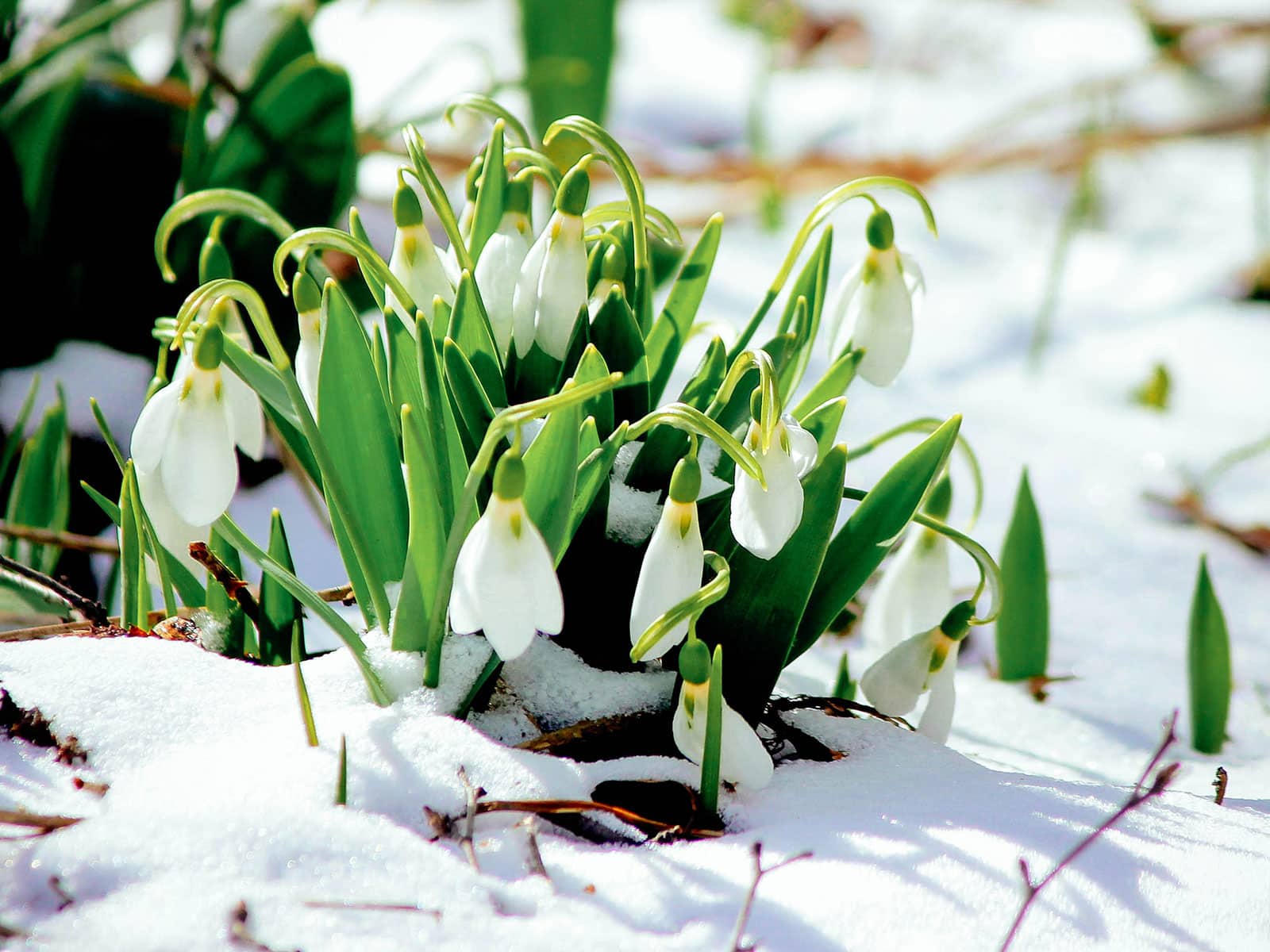
Before glory-of-the-snow, before Crocus, and before any of the other spring-flowering bulbs on this list, the beautifully delicate snowdrop shows its face. It’s tiny, and its white flowers can be difficult to spot in a snowy garden, but they’re a nice reminder that even in the dead of winter there are still living and blooming things around.
And did you know it’s not just humans who benefit from the snowdrop’s presence? Snowdrop blooms are very small, but still form a valuable source of nectar for early bees and other pollinators.
- USDA Zone: 3 to 8
- Bloom Time: Late winter to early spring
Where to buy
Fall-planted bulbs
Striped squill (Puschkinia scilloides)
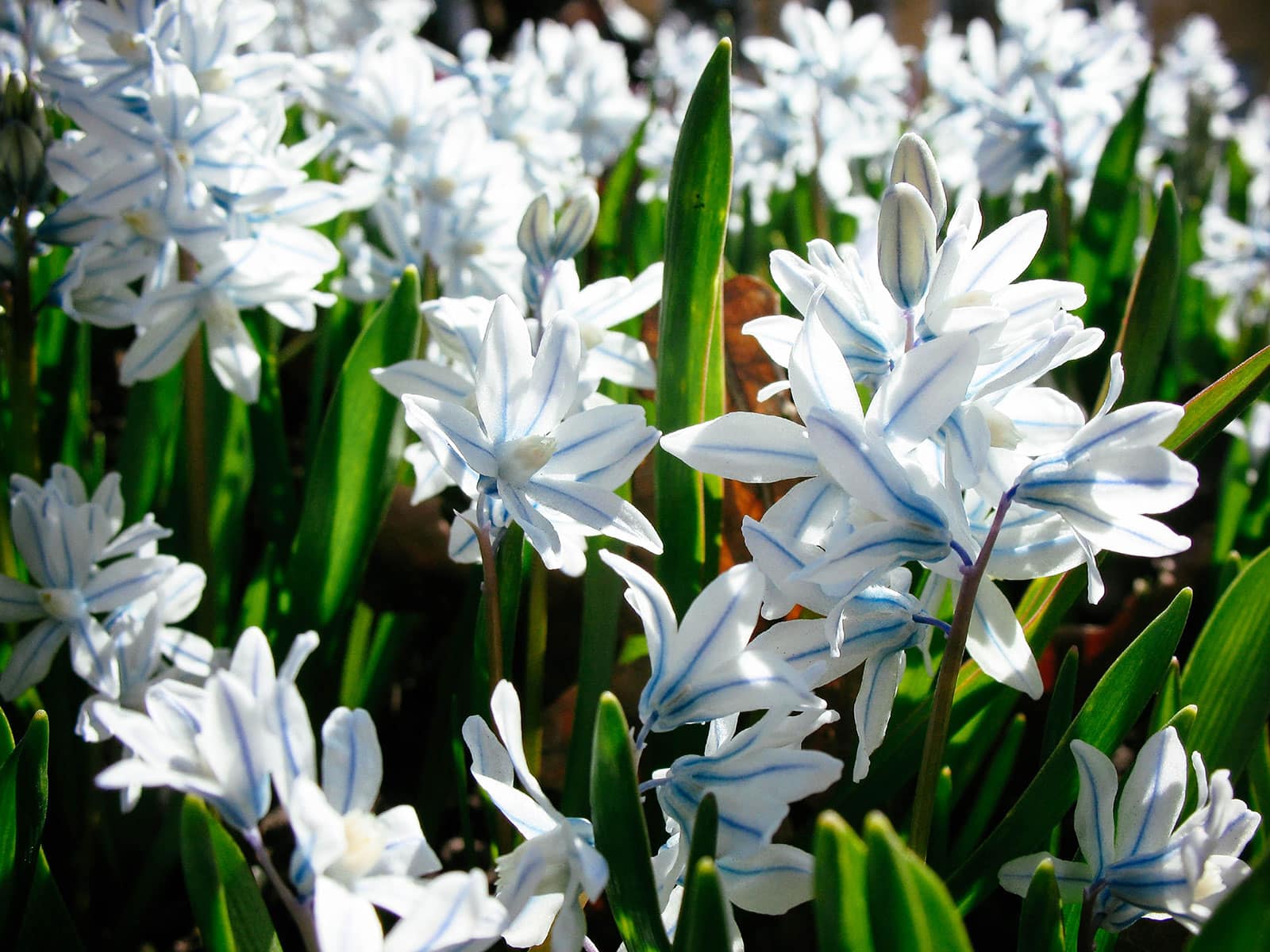
Although there is some overlap, all spring-flowering bulbs start blooming at slightly different times, which allows you to create a succession of neverending colors and textures in your garden. The striped squill fits in perfectly, its subtle whites and blues blending in with the purple and yellow hues of Crocus.
Like Crocus, the striped squill looks best when planted densely in a lawn. It also works well in borders, along walkways, and underneath trees.
- USDA Zone: 3 to 8
- Bloom Time: Early spring
Summer snowflake (Leucojum aestivum)
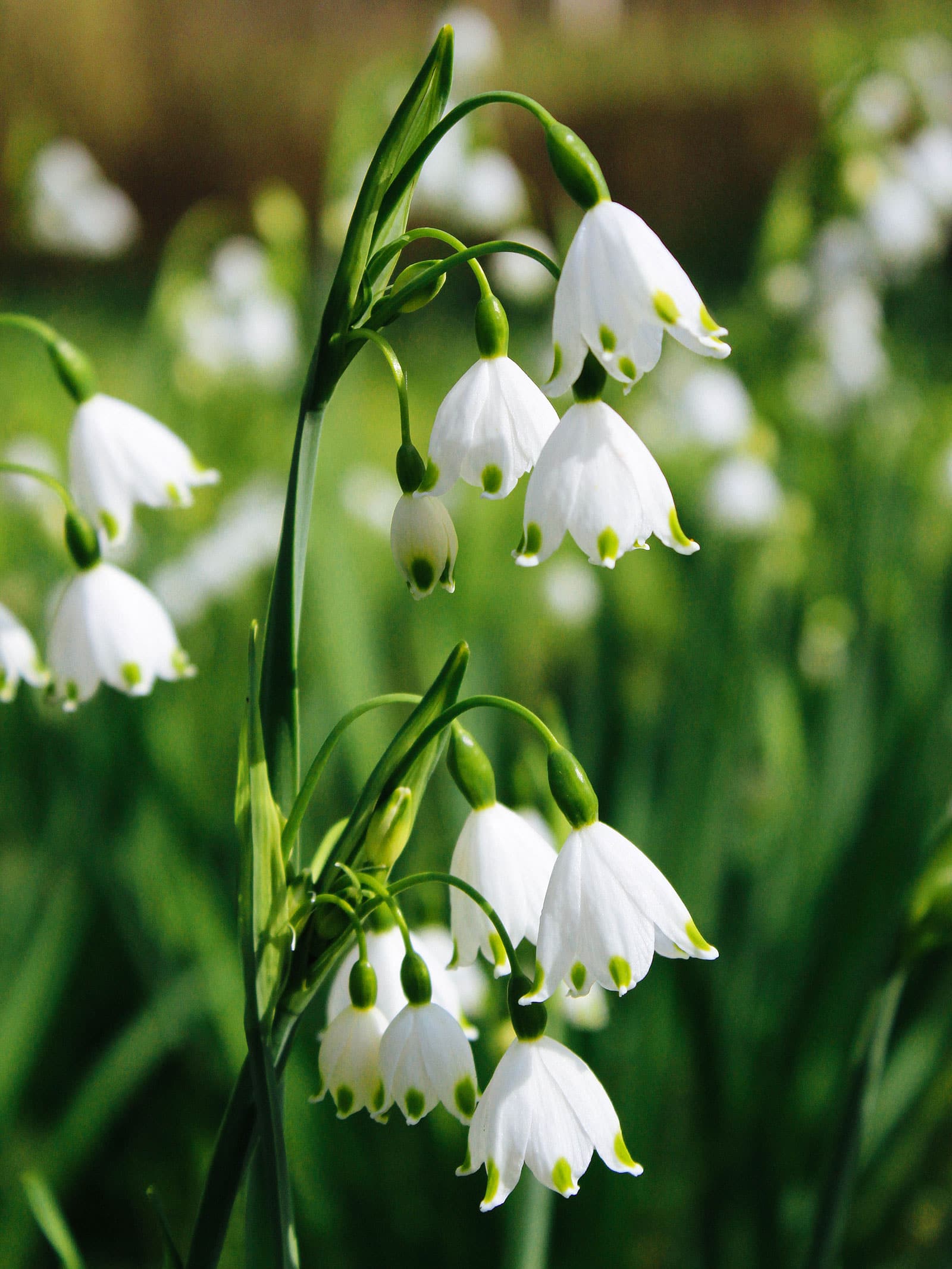
Very similar in looks to the super-early snowdrop, the summer snowflake can be distinguished from its doppelgänger by its larger size, more distinctly bell-shaped flowers, and significantly later blooming time.
This plant is the perfect choice if you love the look of snowdrops and want to enjoy it for longer. In fact, you can plant the bulbs of both species in the same spot for consecutive blooming!
- USDA Zone: 4 to 9
- Bloom Time: Late spring to early summer
Star of Bethlehem (Ornithogalum umbellatum)
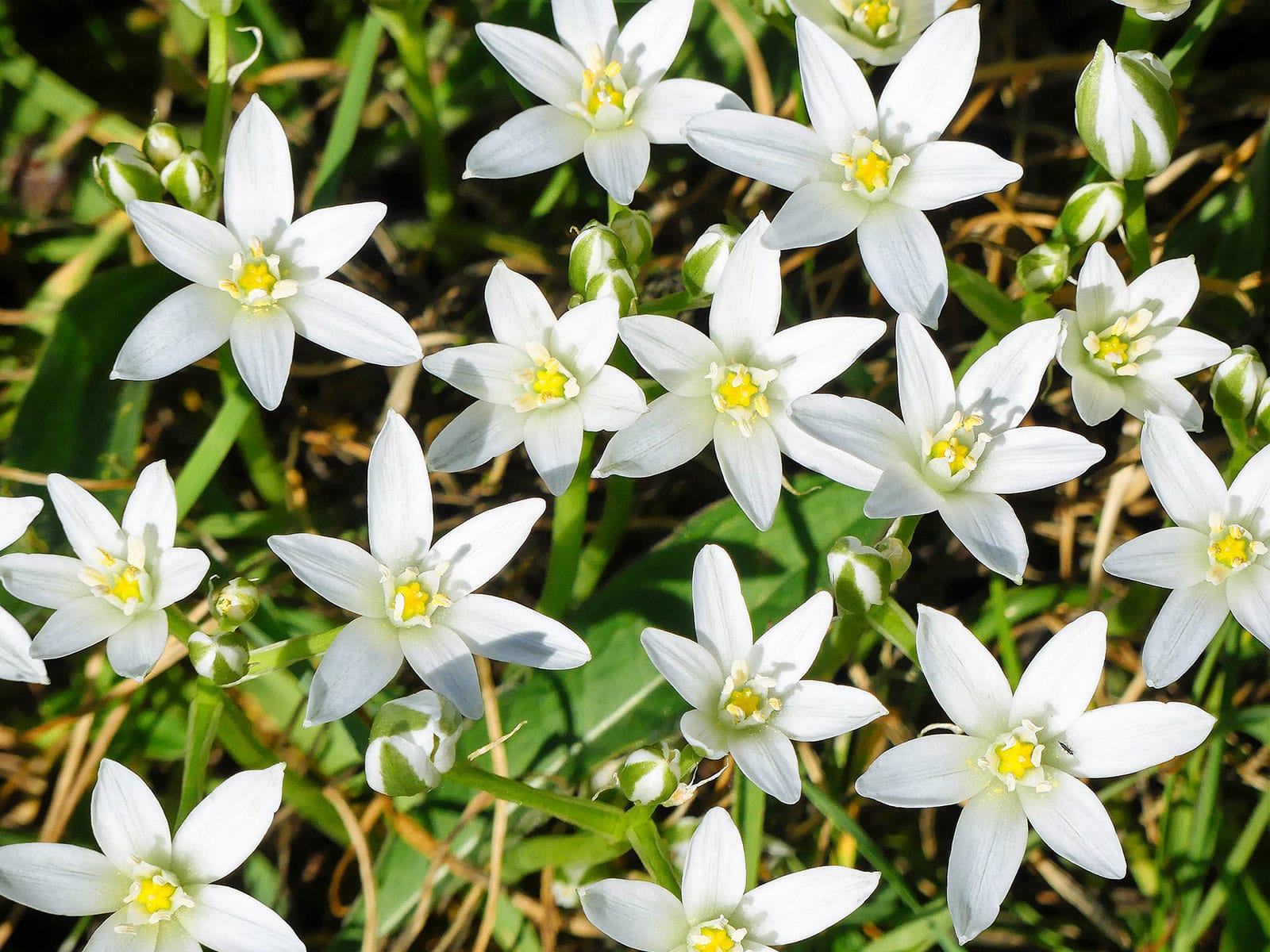
Another wonderfully delicate white bloomer, the star of Bethlehem does indeed sport distinctly star-shaped flowers.
This is a great choice if you’re looking for a spring-flowering bulb plant that you only have to plant once and then leave alone, as it multiplies quickly and forms larger and larger patches over the years.
- USDA Zone: 4 to 9
- Bloom Time: Late spring
Tulip (Tulipa)
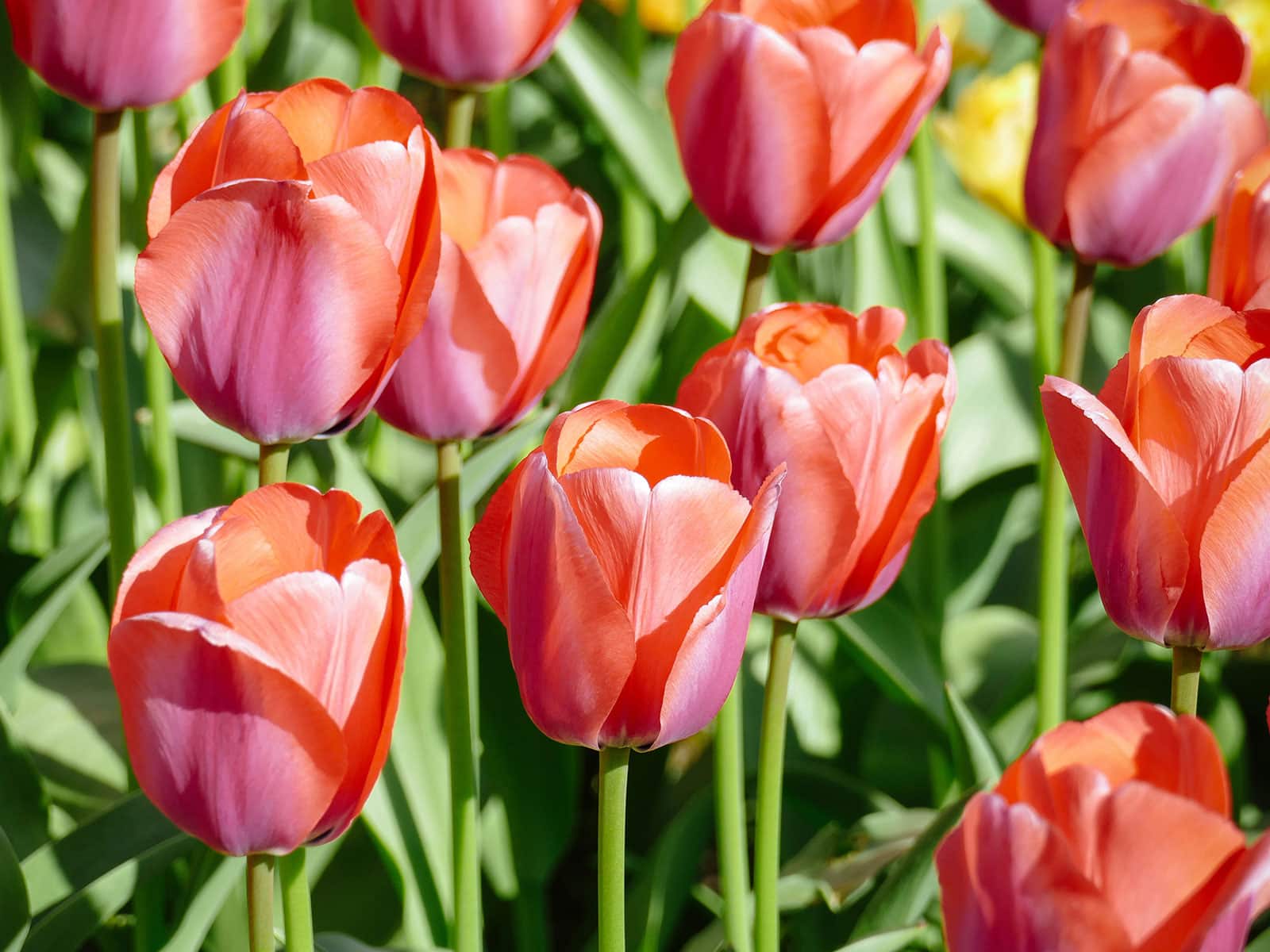
Perhaps the most popular and most extensively cultivated plant on this list, tulips are available in a dazzling array of colors, shapes, and sizes.
Want a delicate, tiny flower? Look up botanical tulips. Want something timeless? Well, there’s a cultivar that literally carries that name. And if you want a real head-turner, the spectacular, ruffled parrot tulip might just be the bulb for you.
- USDA Zone: 3 to 8
- Bloom Time: Early to late spring


